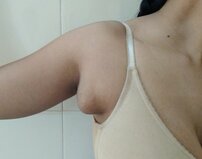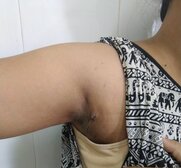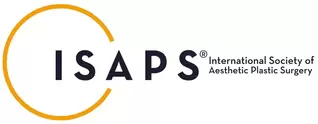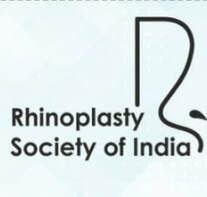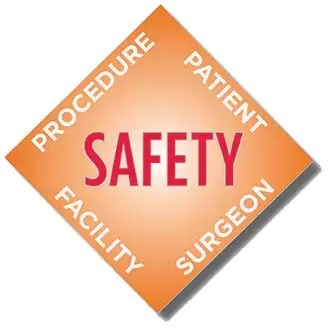Axillary breasts
Axillary breasts present as a swelling of the axilla or armpits. They are not uncommon and can present as swelling of one or both sides. They can be a cause for anxiety and discomfort. Patients present to the physician due to symptoms such as pain, discomfort, unaesthetic appearance and skin changes. The affected patients may find it difficult to wear appropriate clothing. This may also prevent affected individuals from maintaining proper arm posture. The axillary breasts are usually removed for the relief of the above symptoms.
Axillary breasts represent an extension of the breast tissue through a defect in the fascia of the armpit (axilla). The various presentations include the presence of swelling with or without a nipple. Though axillary breasts are congenital in origin, most cases present in adulthood. Axillary breasts can undergo changes associated with the menstrual cycle. They can undergo an increase in size during pregnancy and lactation.
Axillary breasts are usually removed under general anesthesia as a daycare or short stay procedure. Markings are done such that the resulting scars do not cross over to the chest with the arm held close to the body. Redundant (extra) skin removal is also factored into the markings. After removal, the edges of the wounds are approximated with absorbable sutures. The procedure is done to minimize bunching (dog-ear) of tissues at either end of the scar. Dressings are applied during the initial few days. Patients can shower starting from the second post-op day and follow-up is done as an outpatient. Patients can return to work in a few days. There are no restrictions on any activity after one month following the surgery.
Advantages of removal of the axillary breasts include improved hygiene and better appearance of the axillary region. Women are usually glad to get the hair-bearing skin of the axilla removed. It is also associated with lessened anxiety and individuals report an improvement in self-confidence.
Related topics,
1. Reduction mammaplasty (Breast reduction surgery) for enlarged breasts.
Axillary breasts represent an extension of the breast tissue through a defect in the fascia of the armpit (axilla). The various presentations include the presence of swelling with or without a nipple. Though axillary breasts are congenital in origin, most cases present in adulthood. Axillary breasts can undergo changes associated with the menstrual cycle. They can undergo an increase in size during pregnancy and lactation.
Axillary breasts are usually removed under general anesthesia as a daycare or short stay procedure. Markings are done such that the resulting scars do not cross over to the chest with the arm held close to the body. Redundant (extra) skin removal is also factored into the markings. After removal, the edges of the wounds are approximated with absorbable sutures. The procedure is done to minimize bunching (dog-ear) of tissues at either end of the scar. Dressings are applied during the initial few days. Patients can shower starting from the second post-op day and follow-up is done as an outpatient. Patients can return to work in a few days. There are no restrictions on any activity after one month following the surgery.
Advantages of removal of the axillary breasts include improved hygiene and better appearance of the axillary region. Women are usually glad to get the hair-bearing skin of the axilla removed. It is also associated with lessened anxiety and individuals report an improvement in self-confidence.
Related topics,
1. Reduction mammaplasty (Breast reduction surgery) for enlarged breasts.
|
|
|
|

